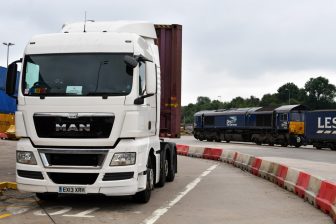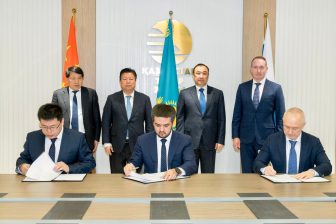
Maglev freight trains? FS and the port of Taranto think so
The port of Taranto, in South-East Italy, will be involved in the experimentation of new technologies after a Memorandum of Understanding was signed between various parties. The agreement implies the development of magnetic levitation systems for freight trains. Magnetic levitation trains, also known as Maglev, are most commonly used for passenger trains. This new experimentation project might be a turning point for the role of this technology in rail freight.
Do you want to read the full article?
Thank you for visiting RailFreight.com. Become a member of RailFreight Premium and get full access to all our premium content.
Are you already a member?
Having problems logging in? Call +31(0)10 280 1000 or send an email to customerdesk@promedia.nl.




